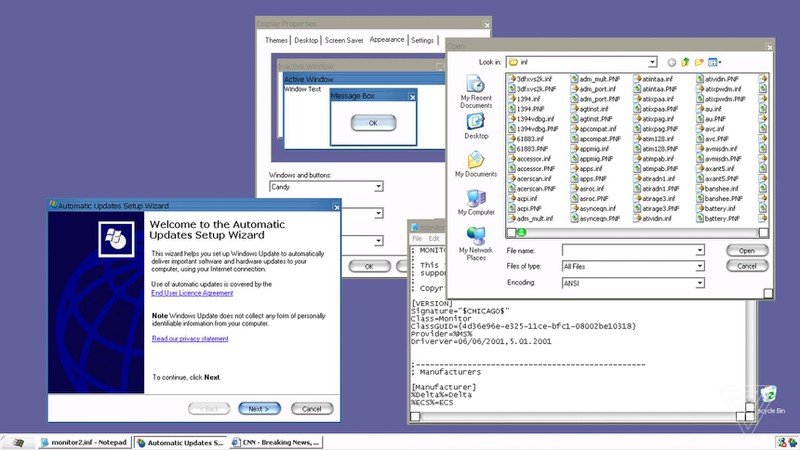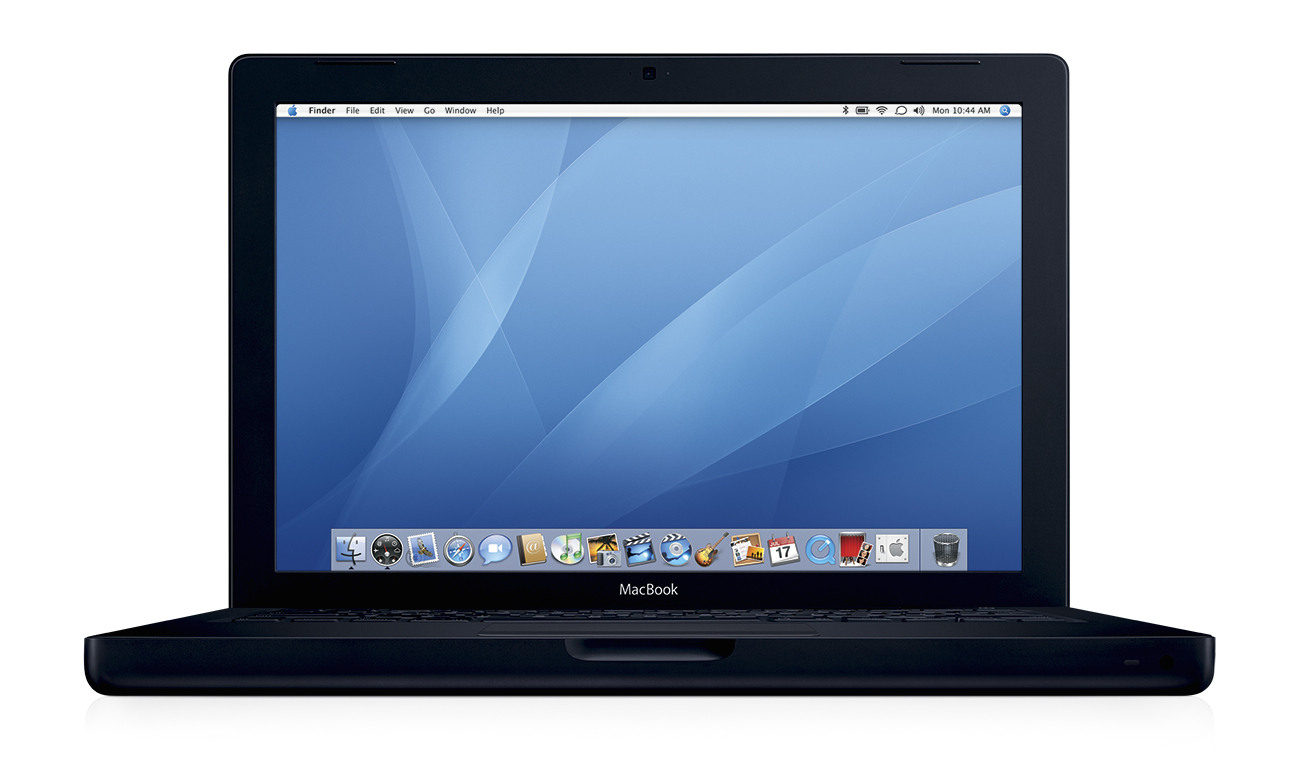Mac Os X For Macbook Pro 2006
If you try to start up your Mac from a hard disk, network volume, or Time Machine backup that contains an incompatible version or build of macOS, you might experience one or more of these symptoms:
- Your Mac doesn't finish starting up, or displays a prohibitory symbol at startup.
- You see a message that you're using an unsupported or incorrect version of the Mac operating system.
- Your Mac doesn't respond to your trackpad, mouse, or keyboard.
- Apps unexpectedly quit.
- Your Mac doesn't sleep or wake.
- You don't hear any sound from your Mac.
- The fans in your Mac are louder, because they're spinning faster.
- The image on your display appears to shrink, has black bars around it, or appears tinted.
- You can't use Bluetooth or Wi-Fi.
Macbook Pro Os Download
Which Mac operating systems are compatible?
I have a 2006 15-inch MacBook Pro.I have upgraded the RAM to 3GB, and I have 9GB of free hard drive space. I'm looking to upgrade the OS since it's currently running Snow Leopard (10.6.8), and not much software is compatible with it anymore. This software does not work anymore with this version of the operating system (or similar) So I installed a version of Mac OS X 10.6 (the one I got with my old iMac) and now it seems to work fine. Sometimes a few programs crash, and so I thought installing 10.6 wasn't the right way to go either.



The version of macOS that came with your Mac is the earliest version compatible with that Mac. To find out whether your Mac is compatible with a later version of macOS, check the system requirements:
Mac Os X For Macbook Pro 2006 Pro
If your Mac won't start up from a compatible version of macOS, it might require a specific build of that version. To get the correct build, reinstall macOS or upgrade to a later version of macOS.
Mac Pro Os
Learn more
- To restore a Time Machine backup that was created on a different Mac, use Migration Assistant.